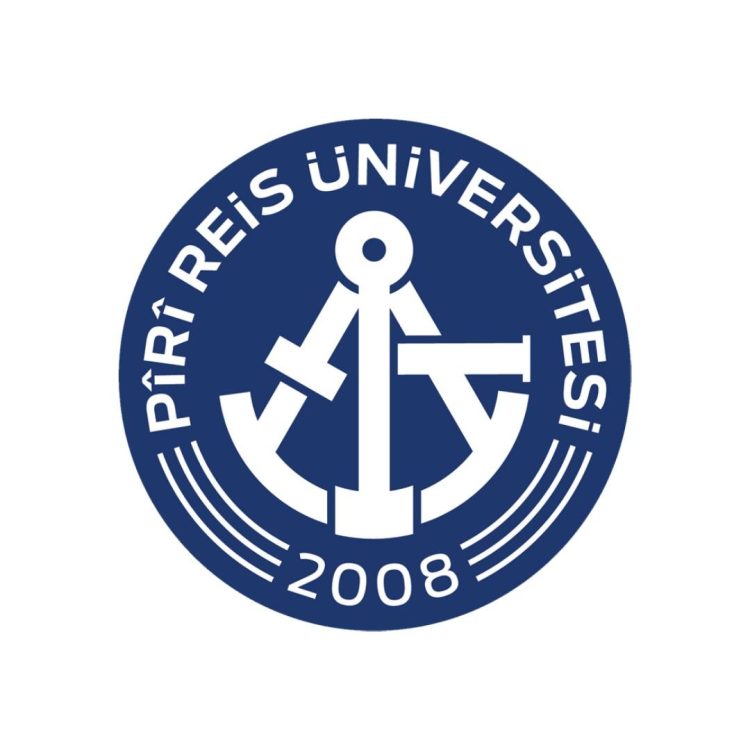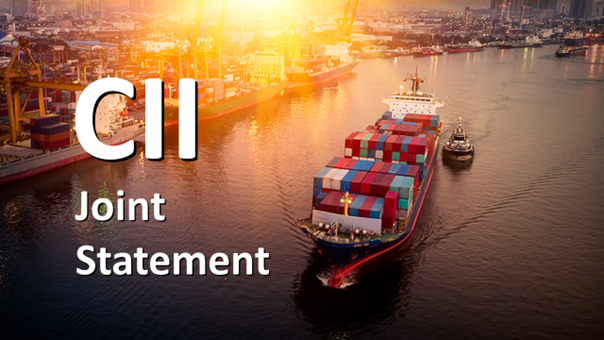New disruption charges in force at Panama Canal.

Disruptions are categorised as ‘low impact’ or ‘high impact’, with charges ranging from US$15,000 to US$250,000, depending on size of the vessel and nature of the disruption.
According to the PCA advisory:
The purpose of this charge is to minimize the possibility of delays and/or disruptions to the operation by reducing vessel incidents during transit and encouraging vessels to fix the deficiencies or report them in a timely manner if they cannot be corrected.
The charge is applicable to vessels that present deficiencies that arise during transit.
The charge will be classified as low or high, depending on the type of deficiency and the time it is reported or detected.
The disruption charge will be in addition to other applicable maritime service charges such as tugs, line handlers, moorage, and pilotage.
Some deficiencies that may cause the application of the disruption charge are:
a) Anchor missing or anchor windlass inoperative
b) Inoperative Bow thruster
c) Non-compliant Chocks and bitts
d) Compressor or air problems
e) Inoperative Rudder angle indicators and other navigation equipment
f) Inadequate boarding facilities
g) Inoperative whistle
h) Engine or propeller problems
i) Excessive draft or drag
j) Bridge wings do not extend to side of vessel
k) Protruding cargo or visibility obstructed by cargo or cargo gear
l) Inadequate sanitary facilities
m) Inoperative or improper Air Conditioning system
n) Slow winches
o) Wires on drums
p) Fuel not in compliance with the Panama Canal’s manoeuvring fuel requirements.
Vessels that present or develop deficiencies while in transit, will have 30 minutes from the time the deficiency is reported or detected, to correct the deficiency or condition to avoid the application of the disruption charge.
Source: North P&I Club
24.02.2023


